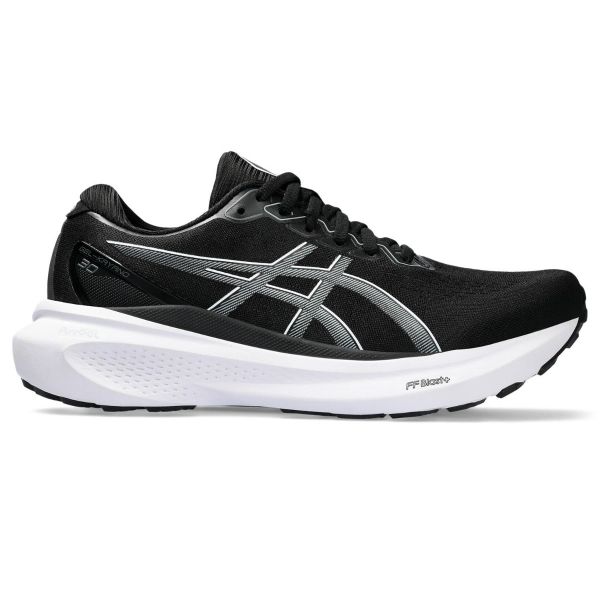
Marathon Running Shoes: How to Choose the Right Pair
The Importance of Selecting the Proper Footwear for Marathons
Selecting the right marathon running shoes is critical. It goes beyond mere preference; it’s about safety and performance. The proper footwear can drastically reduce the risk of injuries, which runners often face. These include stress fractures, plantar fasciitis, and shin splints. The right shoes can also boost your running efficiency. This is vital for long-distance events like marathons.
Shoes that fit well will help maintain comfort over miles of pavement. Discomfort is a major distraction that can affect your focus and pace. Imagine dealing with blisters or hotspots for 26.2 miles. It’s not just painful; it could be race-ending. Additionally, proper marathon running shoes can influence your stamina. Shoes with the right cushioning absorb the impact on your joints. This results in less fatigue and more energy to maintain your pace.
Lastly, the right shoes are a token of mental assurance. Knowing you have high-quality marathon running shoes suited for the task gives you confidence. Confidence contributes significantly to your overall performance. In sum, it’s essential to invest time in choosing marathon running shoes tailored to your needs. They are your most crucial gear for race day.
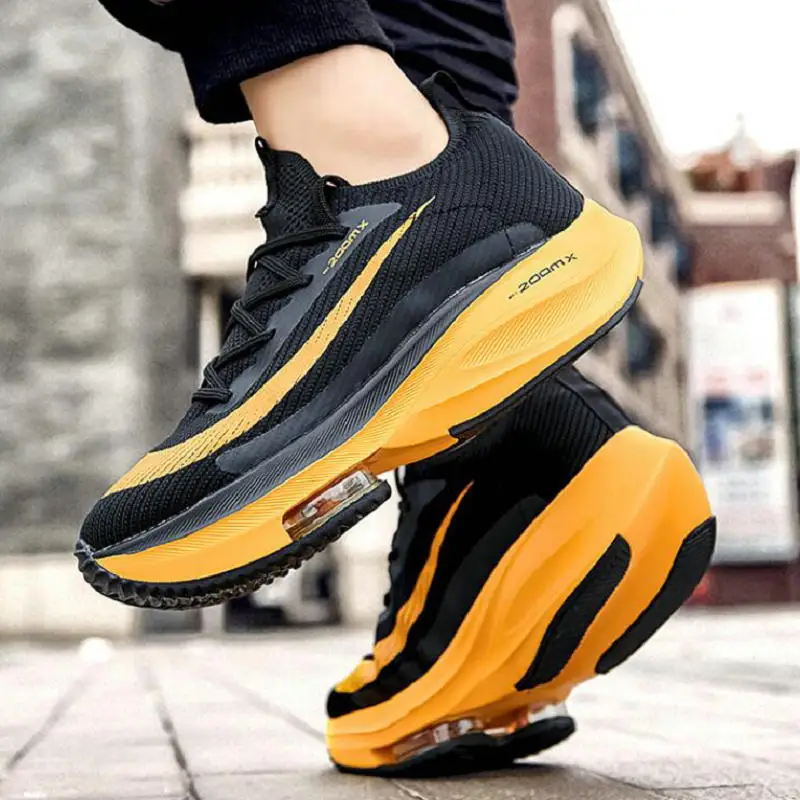
Key Factors to Consider When Choosing Marathon Running Shoes
Choosing the right marathon running shoes involves several key factors. Easily overlooked, these criteria are vital for an optimal marathon experience. Let’s explore the most critical aspects to consider.
Fit and Comfort
A good fit is the first step in selecting your marathon shoes. Ensure there’s a thumb’s width space in front of your longest toe to the shoe’s end. This space prevents your toes from hitting the front on downhill sections. Your heel should fit snugly, without slipping. Look for a secure, comfortable fit across the midfoot too. Above all, the shoes should feel good from the start, not needing a ‘break-in’ period.
Shoes that chafe or restrict can lead to blisters and discomfort. This can destroy your race experience. Go for seamless interiors and breathable fabrics. They help to keep your feet cool and reduce irritation over long distances.
Cushioning and Support
Cushioning absorbs the shock of each foot strike. It’s important for protecting your joints during the marathon’s duration. Find shoes with the right balance of cushioning. Too much can lessen your connection with the ground. Too little may not provide enough protection.
Support is essential for alignment and preventing overpronation or supination. The right level of arch support will help you maintain efficient running form. This reduces the risk of injuries.
Durability and Quality of Materials
Quality materials ensure your shoes withstand the rigorous demands of marathon training and the race itself. Look for abrasion-resistant outsoles that grip well on various surfaces. Durable upper fabrics resist wear and tear.
A high-quality shoe will last longer and save you money over time. It can often withstand hundreds of miles of running.
Your Running Style and Foot Strike
Your unique running style greatly influences the type of marathon running shoes you’ll need. Some runners have a forefoot strike, others a heel strike, and some land midfoot. Each style requires different cushioning and support.
Also consider your gait cycle. Some shoes offer stability for overpronators. Others have a neutral design, better for runners with minimal gait issues. Understanding your foot strike and running style can guide you to the optimal shoe.
It’s clear that selecting marathon running shoes is about personalized comfort and protection. Take the time to analyze your needs. It’ll pay off on race day.
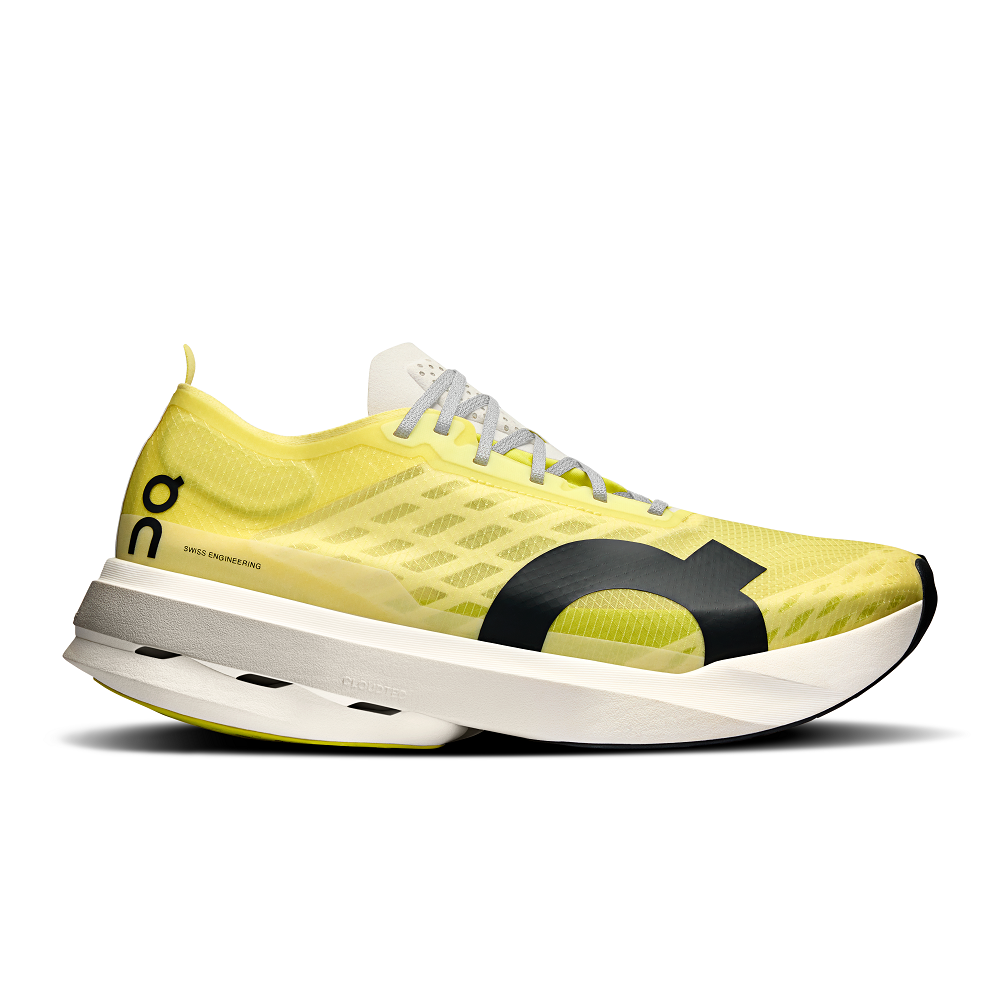
The Role of Pronation in Running Shoe Selection
Understanding pronation is essential when choosing marathon running shoes. Pronation refers to the way your foot rolls inward when you run. This natural movement helps to absorb shock. However, the degree of pronation varies among runners and can affect your choice of footwear. There are three types of pronation:
- Neutral Pronation: This is the most common. Your feet roll inward at a healthy degree, distributing weight evenly.
- Overpronation: Here, your feet roll in excessively. This can lead to potential strain on your ankles and knees.
- Supination (also known as underpronation): Your feet roll outward. The outer edge of the shoe wears out quicker.
Each type requires different features in marathon running shoes for optimum support and comfort.
- Runners with neutral pronation often do well withmost shoes, including those that offer moderate cushioning and support.
- Those who overpronate may need shoes with morestability and motion control to correct their foot roll.
- Supinators need shoes with extra cushioning and flexibility to counter the outward roll.
Testing for Pronation: You can test your pronation by looking at the wear pattern on your old running shoes. However, for a more accurate analysis, consider visiting a specialty running store. A professional fitting can identify your pronation type. It can also help determine the best shoe for your marathon training and race day.
Remember to trial your selected shoes properly. They should complement your pronation style. This helps prevent injuries and improves your overall performance. Your marathon success starts with the right shoes, specifically catering to your feet’s unique motion.
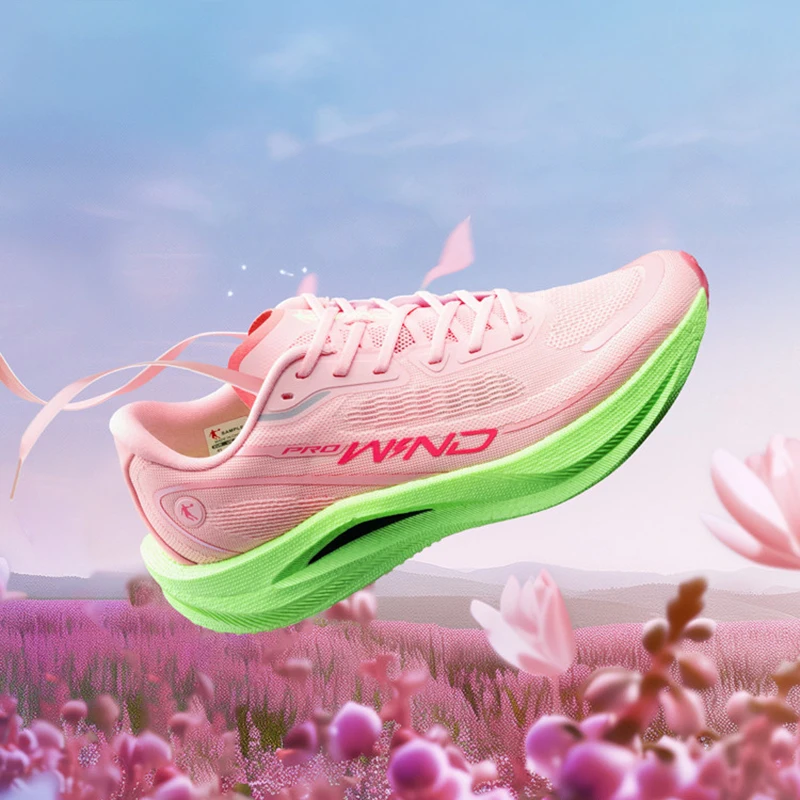
How to Assess the Fit of a Running Shoe
Assessing the fit of marathon running shoes is vital for optimal comfort and performance. Begin by measuring your foot in a store or at home. Get the length, width, and arch measurements. These numbers guide you towards the correct size. Remember that feet swell during long runs, so consider this when fitting.
Next, try on the shoes in the afternoon or evening. This is when your feet are largest. Ensure there’s a thumb’s width of space at the toe box to prevent your toes from cramming. The heel must not slip, and the midfoot area should feel secure but not too tight.
Walk around the store or your house wearing the shoes. They should feel comfortable right away. A ‘break-in’ period is a myth. Your shoes need to feel perfect from the start.
Keep in mind the socks you’ll wear on race day. Test your shoes with them. The thickness of your socks affects the fit and feel of the shoes.
Lastly, before buying, do a short run or jog if possible. Some stores have treadmills for this purpose. A real test drive will reveal if the shoes truly match your needs. Trust your own comfort over any general advice. Your feet will thank you on marathon day.
Top Features to Look for in Marathon Running Shoes
When you’re in the market for marathon running shoes, here are the top features to keep an eye on:
- Innovative Sole Technology: Look for soles designed to improve cushioning and bounce. This aids in shock absorption and energy return.
- Breathable Upper: Shoes with a mesh or similar breathable upper help keep feet dry and cool.
- Perfect Fit Design: Seek shoes with a snug fit that won’t shift as you run. Avoid any slack that might cause blisters.
- Excellent Traction: Choose outsoles that offer grip, even in wet conditions. This ensures safety on various terrains.
- Seamless Construction: Shoes without seams reduce the risk of irritation. They offer a smoother experience over long distances.
- Reflective Elements: For early morning or late evening runs, reflective details enhance safety. They make sure you’re visible to others.
- Customizable Insoles: Some shoes come with insoles that adapt to your foot shape. These provide personalized support.
Incorporating these features into your marathon running shoes can make a significant difference. Your shoes become not just a part of your gear, but a tool for peak performance. Remember, the right shoes carry you to the finish line, step by reliable step. Always choose wisely and test thoroughly before your marathon journey begins.
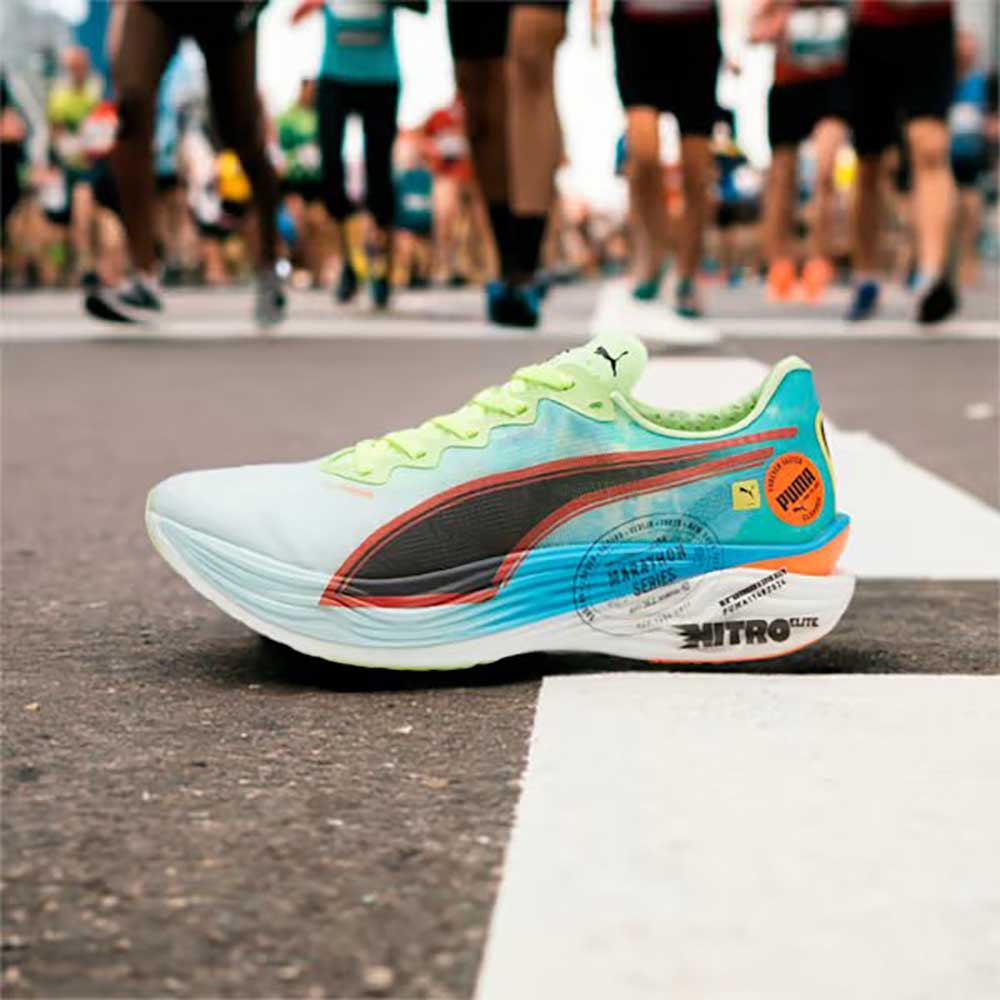
Maintaining and Caring for Your Marathon Running Shoes
Taking care of your marathon running shoes is as important as picking the right pair. Proper maintenance extends their lifespan. It also ensures they keep providing the support you need. Here are some tips on how to maintain your shoes:
- Clean Regularly: Wipe off dirt and grime after each run. Use a soft brush and mild soap for stubborn stains.
- Dry Properly: Never put your shoes in a dryer. Let them air dry away from direct heat or sunlight.
- Rotate Shoes: If possible, switch between two pairs. This lets each pair rest and regain their shape between runs.
- Use Correctly: Only wear your marathon shoes for running. Using them for other activities can wear them out faster.
- Monitor Mileage: Track the mileage on your shoes. Most have a lifespan of 300 to 500 miles.
- Store Safely: Keep your shoes in a cool, dry place. Avoid damp areas where materials can degrade.
By following these simple steps, your marathon running shoes will stay in top condition. Remember to check for signs of wear. Look at the soles and cushioning. If your shoes show major wear, it’s time to replace them. Proper care means a better running experience and a happier marathon day.
Recommendations and Popular Models for Marathon Runners
Selecting a pair of marathon running shoes is a personal journey. Let’s discuss some widely recommended models known for their performance and reliability. Keep in mind the fit and comfort to your unique foot shape is paramount.
- Asics Gel-Nimbus: Renowned for their cushioning, these shoes are a solid choice for neutral to slight overpronators.
- Brooks Ghost: Offering balanced cushioning and support, Ghost models cater well to a variety of running styles.
- Nike ZoomX Vaporfly Next%: These feature advanced sole technology that provides exceptional energy return, favored by many elite runners.
- Adidas Ultraboost: With responsive cushioning and a snug fit, Ultraboosts are praised for their comfort over long distances.
- Saucony Kinvara: These shoes are lightweight with good cushioning, perfect for runners who prefer a minimalist design.
- Hoka One One Bondi: Bondi models boast thick, plush cushioning ideal for maximum shock absorption.
Each model brings something unique to the table. It’s crucial to test several pairs and consider your pronation type, foot strike, and comfort. When you find a match, it will be one of your best allies on marathon day. Remember, your feet will bear the brunt of the marathon, so prioritize their needs in your shoe selection.
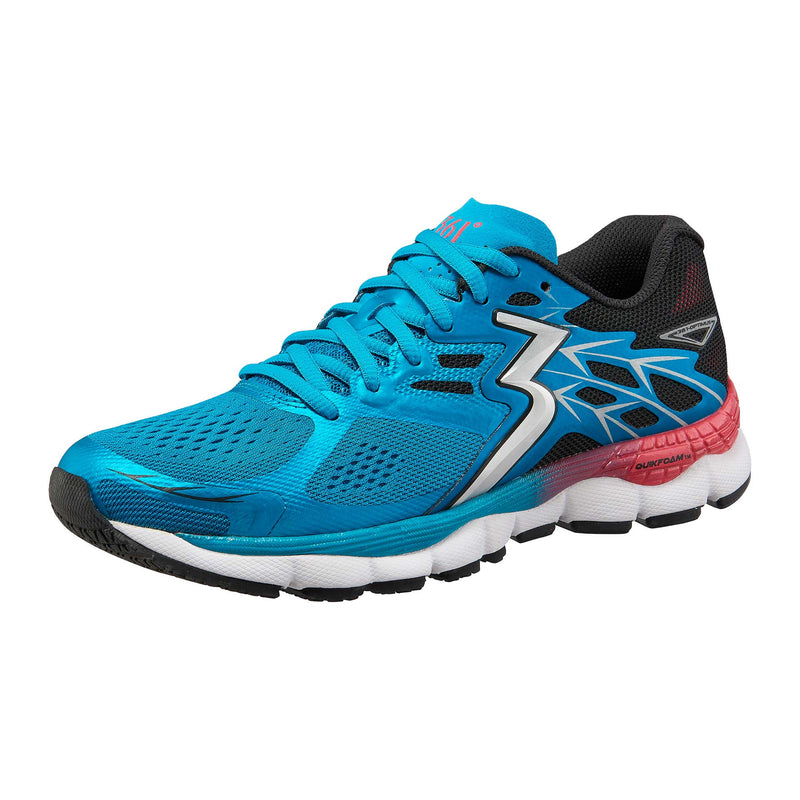
Testing and Breaking In
Testing Your Shoes
After purchasing your marathon running shoes, it’s crucial to test them out before race day. Start with shorter runs to gauge comfort and performance. This testing period helps identify any potential issues and ensure the shoes are the right fit for you. Pay attention to any discomfort, blisters, or pain that may arise during these runs.
If you encounter any discomfort, consider visiting a running store to reevaluate the fit and support features. It may be necessary to try a different model. Ensure that your shoes provide adequate support without causing unnecessary pain.
Breaking the Shoes In
Breaking in your shoes gradually is essential, especially for marathon distances. Avoid using brand-new shoes for long runs in the weeks leading up to race day. Instead, aim for shorter distances to allow your shoes to mold to your feet. This process also helps your feet adjust to the new support and cushioning.
During your training runs, wear the socks you intend to use on race day. This familiarity will enable your feet to adapt properly to the shoes and help minimize any unexpected issues. Properly broken-in running shoes can significantly enhance your running experience.
Final Considerations on Style and Budget
Choosing the Right Style
While comfort and performance are essential, the style of your marathon running shoes can also play a role in your decision. Many brands offer a wide range of colors and designs, allowing runners to express their personality and preferences. Picking a style that resonates with you can further motivate you during training.
Additionally, consider how the shoes compliment your running attire. A cohesive look can be uplifting and enhance your overall confidence while running. Remember that the best marathon running shoes are those that not only provide comfort but also make you feel good while wearing them.
Setting a Budget
Marathon running shoes come at various price points, so it is necessary to establish a budget beforehand. High-quality shoes tend to have a higher price tag due to better materials and technology. However, investing in the right pair can enhance your running experience and reduce the risk of injuries.
Researching different brands and models while keeping an eye out for sales or discounts can help you find budget-friendly options without sacrificing quality. In some cases, last season’s models can provide excellent value while maintaining the essential features you need for marathon training.
Preparing for Your Marathon with the Right Shoes
In conclusion, selecting the right marathon running shoes is essential for achieving your goals on race day. Understanding your running style, finding the perfect fit, and evaluating cushioning and support will help you make an informed decision. Make sure to consider durability, weight, and style while setting a budget that works for you.
By taking the time to find the right shoes and breaking them in properly, you will set yourself up for success. Remember that your comfort and performance are paramount during training and racing. With the right pair of marathon running shoes, you can enjoy your training, improve your performance, and cross the finish line feeling accomplished.
